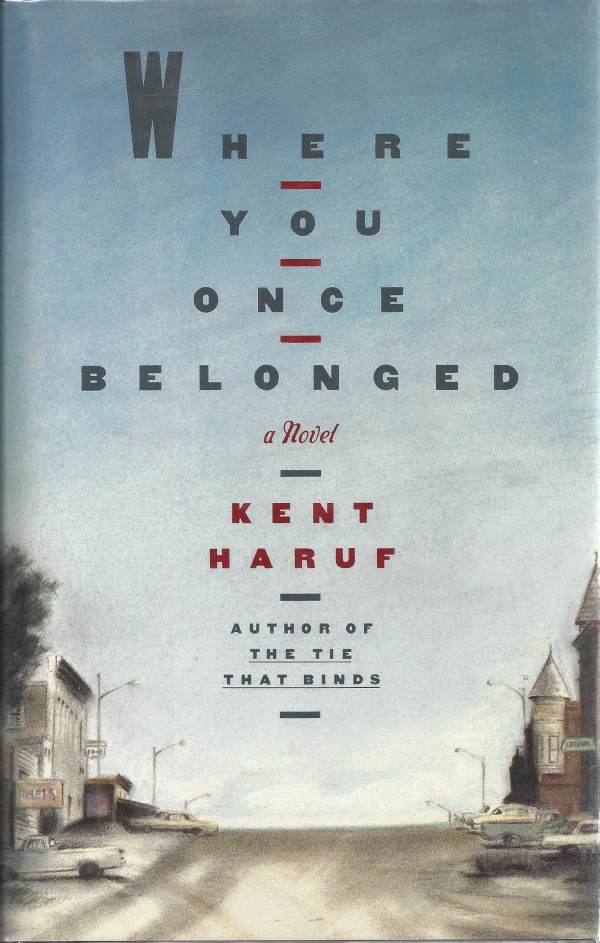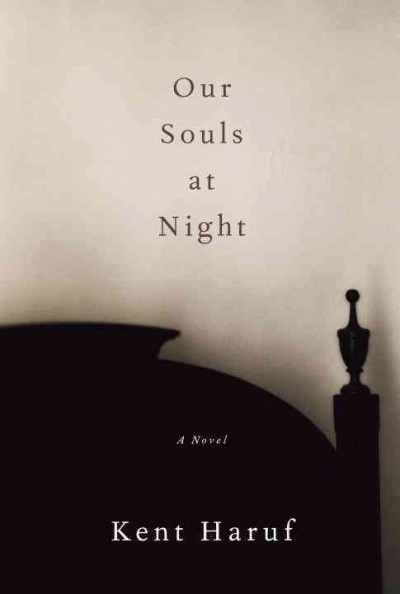Ok, let’s talk about sex.
People having been writing about sex, love, and loss for centuries. Recently, I assigned myself the mission of rifling through our stock of erotic poetry here at Lemuria to see what it is that makes poems about sex so damn interesting. Is it the snickering, childish curiosity that moves us, or is it a yearning for the familiarity of human touch, even if it’s from a page?
In haiku, desire is portrayed almost entirely in natural images; flowers opening, the cool rain on hot, dry earth. It is subtle and easy to misunderstand. The words are gentle and soothing. A favorite of mine:
By Yoshiko Yoshino
nights of spring–
tides swelling within me
as I’m embraced
shunya miuchi ni ushio unerite dakare ori
Similarly, the erotic verse of the sixth Dalai Lama relies heavily on natural imagery, but brings an achingly human element to the stories being told. So often the poetry recalls unrequited love or the yearning of . . . being . . . horny.
So out of my mind with love,
I lose my sleep at night.
Can’t touch her while it’s day–
Frustration’s my sole friend.
When I picked up E. E. Cummings book Erotic Poems I had NO idea what to expect. Turns out it is as confusing and tender as his other collections; a combination of jagged, unfinished thoughts, and jarringly familiar moments (i.e., the phrase “don’t laugh at my thighs”). Several times I was caught between “aawwwwww” and “what the hell?” moments. Here’s a favorite that savors strongly of The Song of Solomon:
[my lady is an ivory garden]
my lady is an ivory garden,
who is filled with flowers.
under the silent and great blossom
of subtle colour which is her hair
her ear is a frail and mysterious flower
her nostrils
are timid and exquisite
flowers skilfully moving
with the least caress of breathing,her
eyes and her mouth are three flowers. My lady
And then there’s Jill Alexander Essbaum; poet extraordinaire and April’s First Editions Club author here at Lemuria for her debut novel, Hausfrau. Before Essbaum wrote Hausfrau, she dabbled in erotic poetry and came up with some blush-worthy stuff. Where the Japanese are subtle and coy, she is brazen and honest. Instead of constant natural metaphors, she gets straight to the point, and there is something refreshing and scary about that, if I’m being completely honest. Essbaum pulls a lot of spiritual references into her poetry, pushing the imagery as far as she can possibly go. It is insulting, impossible to put down, and strikingly beautiful. Here is a tamer poem from her collection, Harlot:
Psalm of Shattering by Jill Alexander Essbaum
Oh Lord of Hosts and Nazarenes,
Hear my Psalm of Shattering.
How do I come to feel these griefs?
A little lust is a dangerous thing.
Beneath the orchard canopy
As balm of pear swelled in the breeze
I squeezed his pulse between my knees,
And behaved my hands so shamelessly.
Our eyes belied a hot-blood need.
He stroked my body, crease to pleat.
A passerine purled from the fork of a tree
As he passed his mouth all over me.
But the torture of Christ was shared with thieves.
His was the right cross. The left was for me.
I lumbered up to Calvary
As cloud moved into mystery.
I’m fifty kinds of agony.
And so damn drunk I cannot see.
And so damn sad I cannot breathe.
I meant well, if half-heartedly.
So I laze in a bed of catastrophe,
And sleep these dreams that are not dreams.
I’m guilty of nothing but defeat.
His ardor caroused the unrest in me.
But nothing will rouse the rest of me.
This blog was about two weeks in the making and I still feel like I’ve barely scratched the surface of what I was looking for or even found what I was looking for at all. I guess I’ve always known that not all erotic poetry is the same, and that I’m enormously uneducated when it comes to poetry in general. What I have figured out is that there is so much beauty in erotic poetry. Maybe it was my upbringing in the the church, hiding under pews and trying to figure out the infinite mystery of sex that was handed to me in The Song of Songs, but I know in my heart that poetry about the intimacy between two people can be a very spiritual thing. To connect with another human, even on the page; that is a kind of fulfillment that everyone deserves.


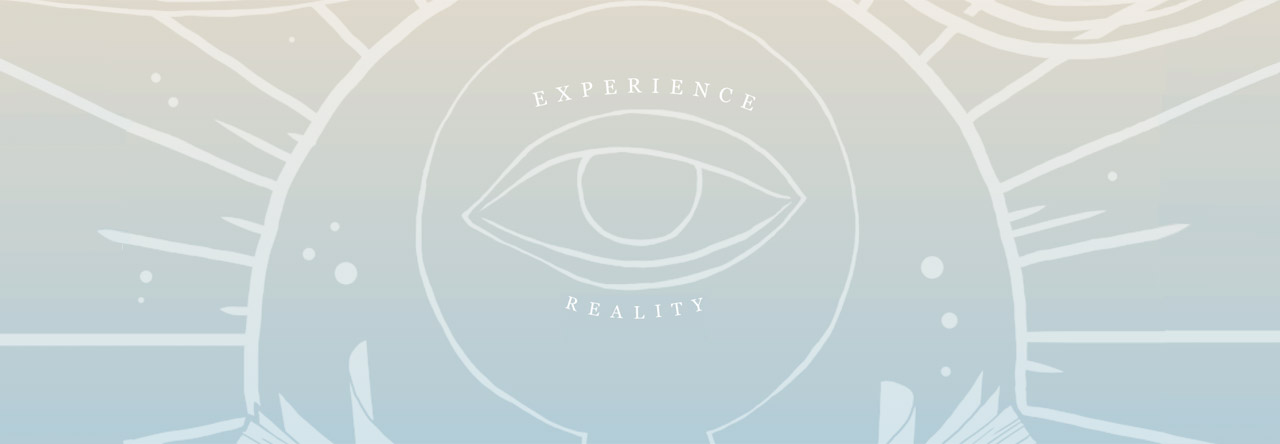
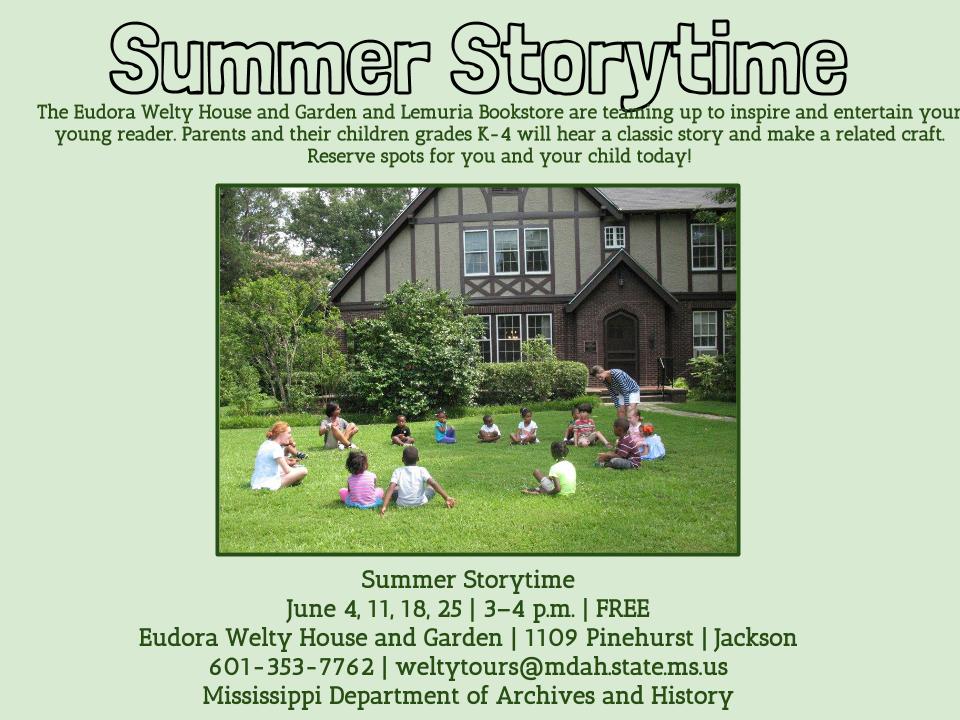
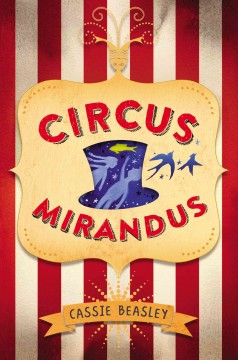
 For fans of Roald Dahl, Big Fish, or even adults who enjoyed reading Erin Morgenstern’s The Night Circus, embark on one of the most magical reads this summer and pick up a signed copy of Circus Mirandus at Lemuria Books!
For fans of Roald Dahl, Big Fish, or even adults who enjoyed reading Erin Morgenstern’s The Night Circus, embark on one of the most magical reads this summer and pick up a signed copy of Circus Mirandus at Lemuria Books!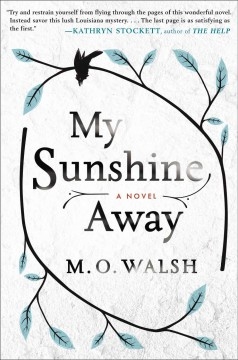





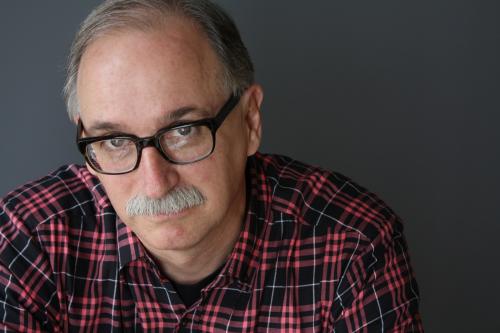
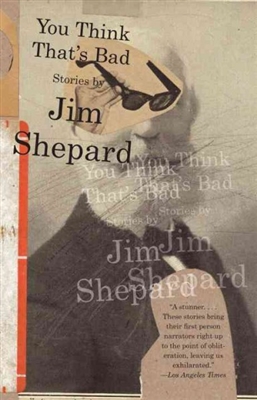
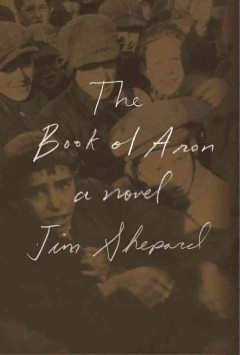
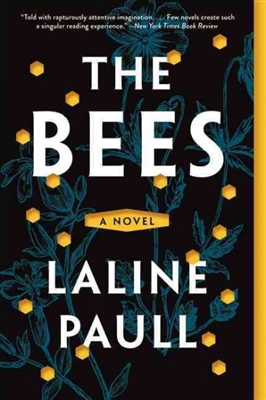

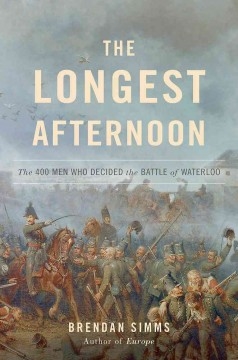
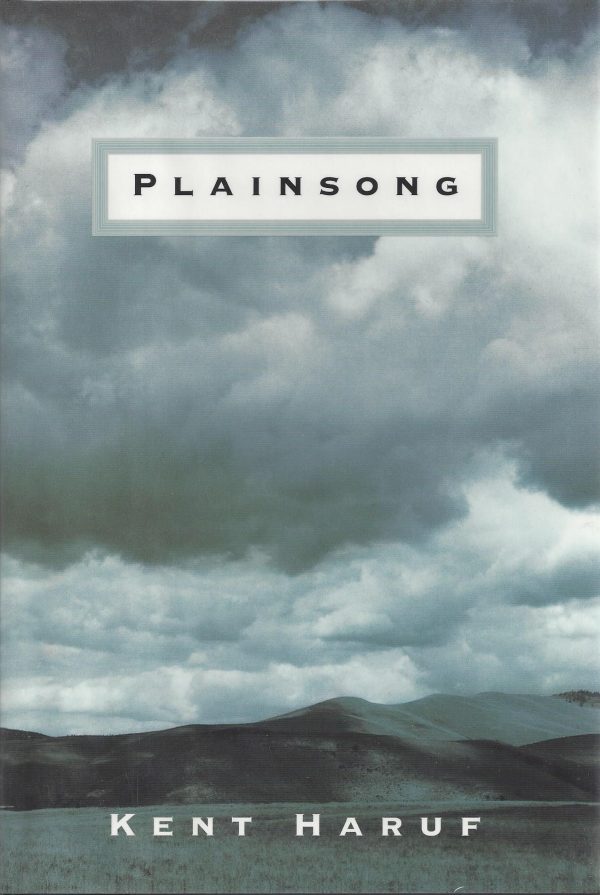
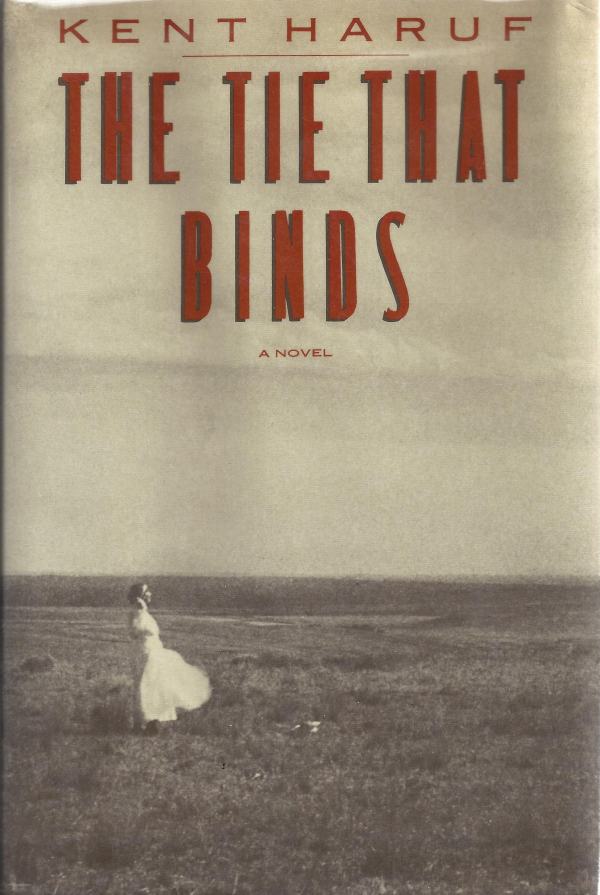
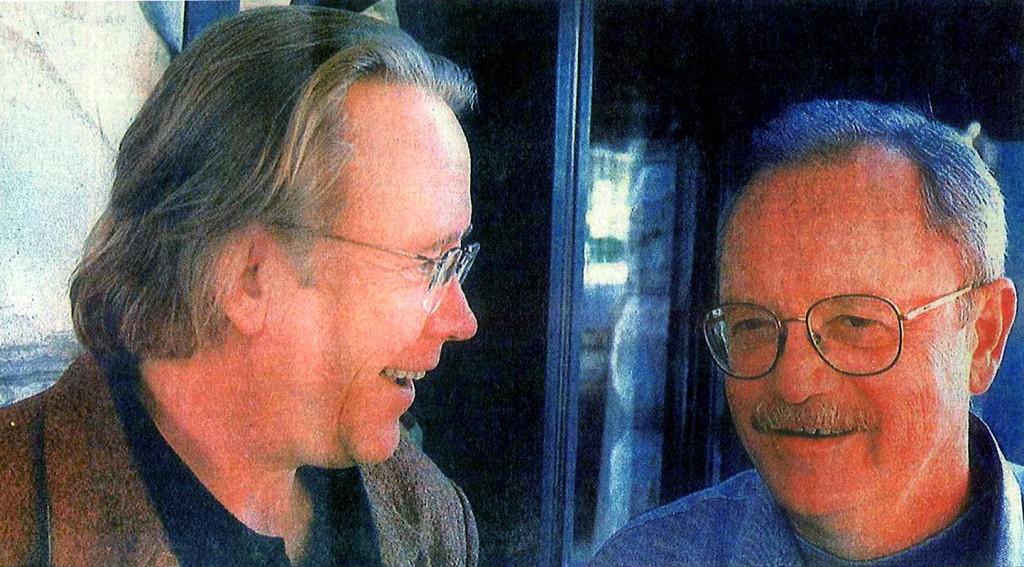 In 1998 Haruf’s agent sent “Plainsong” to Knopf, and Gary Fisketjon became his editor. Besides the intense yet never overbearing editing that Fisketjon offered, the two developed a friendship over part of Haruf’s 15-city author tour. “Plainsong” received a National Book Award nomination as well as adoration from a growing fan base. Fisketjon recalls on his blog, “
In 1998 Haruf’s agent sent “Plainsong” to Knopf, and Gary Fisketjon became his editor. Besides the intense yet never overbearing editing that Fisketjon offered, the two developed a friendship over part of Haruf’s 15-city author tour. “Plainsong” received a National Book Award nomination as well as adoration from a growing fan base. Fisketjon recalls on his blog, “